
Things to see in multicultural Chinatown, Singapore
Arriving in Singapore’s Chinatown was a stark contrast to the rest of the city. Emerging from the underground system onto Pagoda Street, ultra sleek and modern Singapore seemed miles away. Instead the narrow street was flanked on both sides by low buildings stuffed with shops and traders. Just as I spotted chop suey in one shop my attention was grabbed by souvenirs, massages, and jewellery offered in others. With decorative lanterns strung between the different coloured buildings, delicious food smells wafting and the constant chatter of busy trades people, Singapore’s Chinatown is an absolute feast for the senses. Here are my favourite things to see and do in Chinatown.
Singapore’s Chinatown Heritage Centre
As one of the oldest areas in Singapore, Chinatown has an interesting history. Learn about the plight of the Chinese immigrants that came to Singapore and delve through the brothels and opium dens the area was known for years ago. Read more about the Chinatown Heritage Centre here.
Thien Hock Keng Temple
The oldest Hokkien temple in Singapore, Thien Hock Keng Temple is, in fact, two temples. The main temple is dedicated to the Taoist goddess of the sea, Mazu, which is why Chinese immigrants used to flood to the temple, to give thanks for their safe journey to Singapore. The second temple in the complex is a Buddhist temple dedicated to Kuan Yin, bodhisattva of mercy. The temple is built in a southern Chinese architectural style and the entire structure was constructed without nails. The temple is adorned with dragons, phoenixes, tigers and lions.

Buddha Tooth Relic Temple
Whether you are familiar with Buddhist temples or not, the Buddha Tooth Relic Temple is worth a visit. The building has several floors, the top being an open-air garden, the top two floors inside are dedicated to a museum display about Buddhism, with a special room displaying a relic of Buddha’s tooth (if the building’s name didn’t give it away!) The ground floor is the main temple area and the second floor offers a mezzanine view over the temple. Read in more detail about the Buddha Tooth Relic Temple here.
Sri Mariamman Temple
The oldest Hindu temple in Singapore, Sri Mariamman is located in the heart of Chinatown. It is such an integral and iconic part of the area that Pagoda and Temple Streets were so-named because of its existence. The temple has a six-tiered gopuram (entrance arch) featured detailed and colourful carvings of deities. The complex contains several shrines, covered halls, open courtyards and prayer halls with richly painted ceilings, and should be explored barefoot.

Eat on Smith Street
Food is available on most Chinatown streets, but is often more expensive on Pagoda Street. For the best variety and the most budget-friendly prices, head two blocks south to Smith Street. Smith Street is wider than Pagoda Street. Cafes and restaurants fight for attention on both sides of the street and there are also food carts offering street food. The street is covered and a bit like a food court with tables and chairs available to eat at. It is a great place to shed inhibitions as it is often busy enough that you will need to grab a seat with a table of strangers.
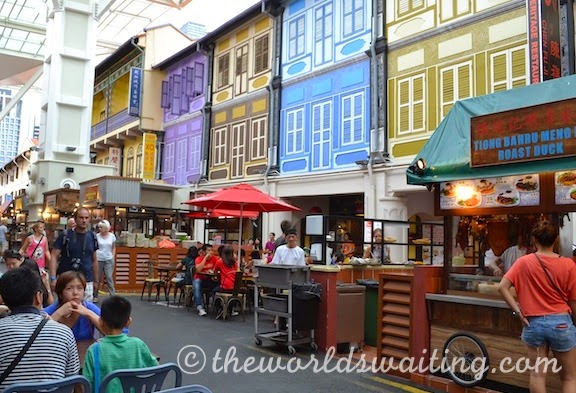
Shop Chinatown in Singapore
Singapore’s Chinatown is a treasure trove of interesting artifacts. From jade jewellery, delicate porcelain teapots and carved stone Buddhas to paper dragons and hand-painted fans, there is something to suit everybody, so it is the perfect place to pick up a few souvenirs and gifts.
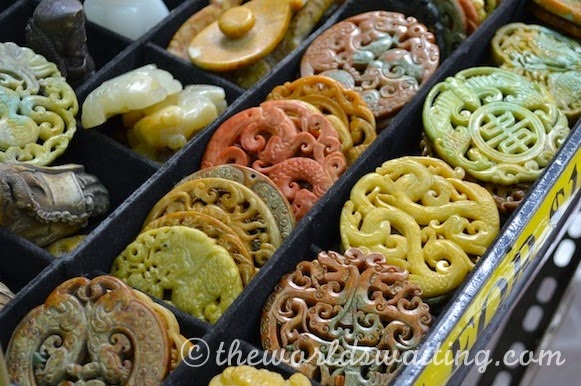
Singapore’s Majestic Theatre
Built in 1928, by the same architects that built the Raffles Hotel, the Majestic Theatre was originally a Cantonese Opera House. In 1938 it was converted into a cinema with a capacity of over 1,000. The theatre has had a varied history, having been used first as an opera house, then to screen Japanese propaganda films during the Japanese occupation of Singapore in 1942, and subsequently showing Chinese films until 1988 when it closed. It then reopened as a shopping mall in 2003. The building’s façade is certainly Chinese, featuring dragons and mosaics.
Is your favourite Singapore Chinatown attraction not listed here? Please share it with us in the comments.

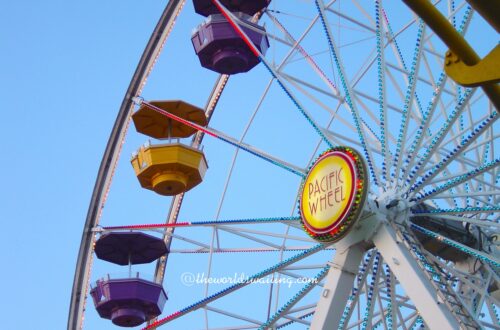
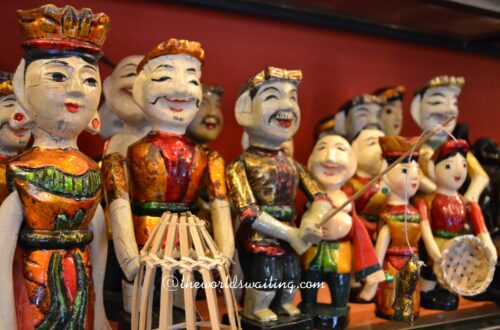
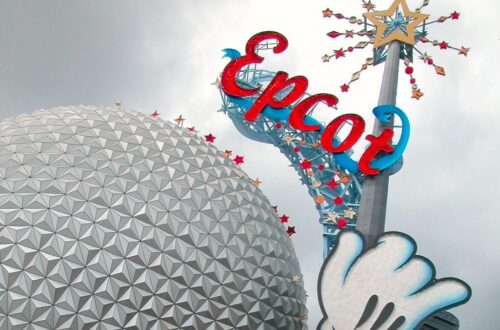
One Comment
Kozue
Impressive. I have explored several China Towns in the world, but I don’t know any as colorful as your photos.
Thanks!
My recent post Autumn Color in Tokyo City – Fall Foliage & Maple Leaves in Rikugien Garden